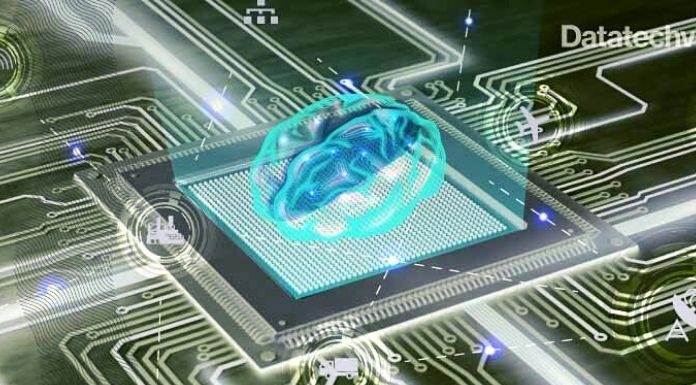Robots, 5G, and neuromorphic chips: Intel gave a progression of developments with enormous potential at ISSCC 2021 in San Francisco. The ISSCC, International Solid-State Circuits Conference, is a worldwide gathering for introducing advancements in solid-state and framework on-a-chip circuits. Intel has added to this with studies and exhibits that expect to empower continuous and low-energy registering.
To be prepared for an inexorably associated and information-driven universe of 5G organizations, innovative edge frameworks, and automated frameworks. Intel introduced 17 logical papers and exhibits that went with their substance. Of developments that could extraordinarily affect a broad scope of utilization for the fate of innovation.
Autonomous And Collaborative Multi-Robot System
Intel shows a conveyed, independent, and cooperative multi-robot framework with an incorporated, battery-controlled, moving miniboss in one of the papers. For instance, four minibots cooperatively explore and plan an obscure region in an inquiry and salvage application. Without focal server or human mediation, this distinguishes snags and recognizes ways around them. Staying away from crashes, speaking with one another, and sending messages to a base station when a human is identified.
Each minibot stage incorporates a few parts. A camera, in addition to Lidar and sound sensors for ongoing discernment and route. A custom low-power SoC for sensor information, area and planning, cooperative shrewd independent direction, object identification and acknowledgment, crash aversion, course arranging, and movement control. A low-power super wideband (UWB) radio for data trade between robots. A long-reach radio (LoRa) conveys important messages from the robot to the base station.
Drums and Pmic for the stock and the board of the power required by the stage. 64 MB of pseudo-SRAM (PSRAM) and 1 GB of blaze memory. Actuators for creeping and bouncing developments. Multi-robot frameworks that work together to achieve complex missions have extraordinary potential in many uses. These range from search and salvage missions to accuracy cultivating and development.
Be that as it may, Intel makes sense of cutting-edge advanced mechanics, and artificial brain power has, until this point in time, required enormous speculations and high computational power. These independent, cooperative circulated minibots are overseen by a framework on-chip that offers significantly more productivity than was already conceivable. Accordingly, their improvement addresses the initial move towards acknowledging energy-productive and practical automated arrangements.
5G Will Transform Society
The time of 5G has arrived, and Intel’s innovative work is likewise moving toward this path. Intel’s 5G paper features the troublesome models and mechanical advancements expected to make 5G a reality and what’s to come. 5G will bring all the more impressive remote organizations, associating “things” to one another, to individuals, and to the cloud. In this manner, the 5G organization will prepare for information-rich administrations and modern cloud applications.
It will change our lives by assisting with making a savvy and associated society with brilliant urban communities, self-driving vehicles, and new current stages. For this to occur, networks need to be quicker, more intelligent, and more elegant. To have the option to deal with the uncommon expansion in the volume and intricacy of information traffic. As additional gadgets are associated, new computerized administrations are advertised.
Low-Power On-Chip Learning For Edge Computing
The new Intel Loihi processor carries out a programmable microcode learning design that upholds a broad scope of brain adaptability components. Components are concentrated in the most progressive wildernesses of computational neuroscience. By applying essential standards of brain processing found in nature, Loihi vows to convey profoundly practical and versatile learning execution. For managed and solo, support-based and single shot ideal models. The profound learning calculations most involved today in AI (ML) applications are exorbitant concerning energy utilization.
This is because of the enormous measure of estimations required and the massive size of the model. Numerous issues like cloud network, idleness, protection, and security, could be settled by insightful processing at the edge. Here, Intel brings up the significance of exploring Loihi design and on-chip, low-power, and continuous learning. The period of enormous information is causing principal changes in memory and capacity advancements. Regarding the matter, Intel talked about new answers for a memory-driven design. As per Intel, memory-driven registering can empower energy-effective, elite execution of artificial brainpower and AI applications.
Also Read: DEEP LEARNING: WHAT IT IS AND EXAMPLES OF DEEP LEARNING


